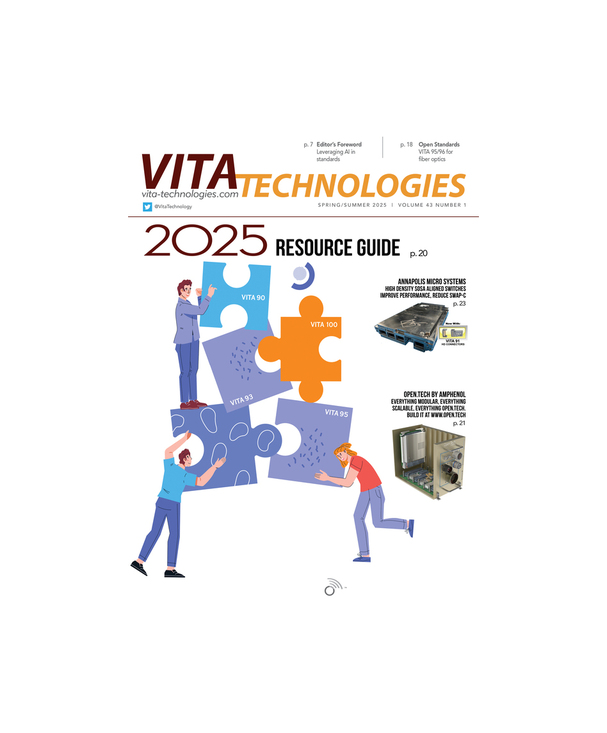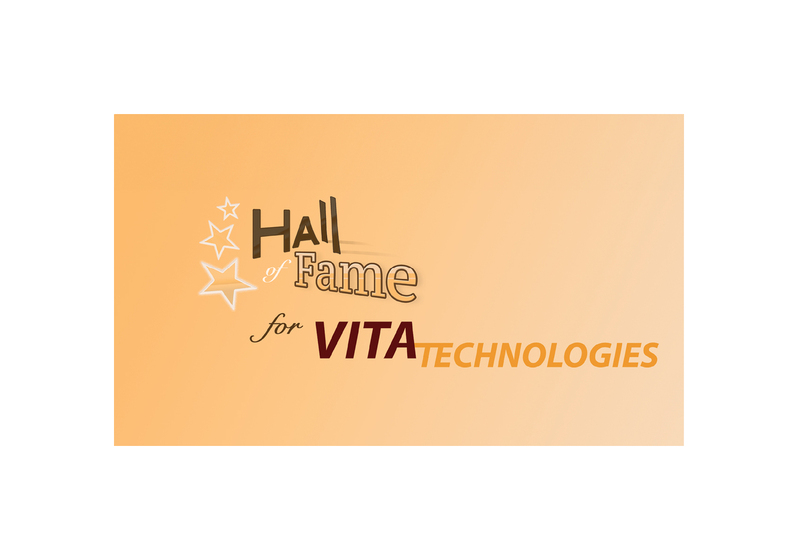The large majority of COTS electronic devices are now supplied with LF terminations. For circuit card assembly (CCA) designs using these LF parts (in particular, BGA devices), there are three main strategies: 1) Use LF components “as is” with LF solder (this is considered a “pure solder” approach); 2) Reball the BGA with a tin-lead solder, and then use tin-lead assembly solder (also considered a “pure solder” approach); or 3) A mixed-solder approach in which LF BGAs are soldered using tin-lead solder. Curtiss-Wright supports only the first two approaches, after having amassed an abundance of data that proves their reliability. We do not offer customers the mixed-solder option, since it has not, in comparison, proven consistently reliable at the CCA level. Reliability of mixed solder is dependent on the specific devices, materials, and processes used, so “results may vary” for mixed-solder approaches.
Arriving at the point where we could confidently offer lead-free in addition to tin-lead assemblies was a long and arduous process that involved gaining an understanding of the lead-free metallurgy and failure modes, working with leading experts across industry (commercial, industrial, defense, and aerospace) and academia. We also reviewed technical papers and test results from around the world and designed and performed dozens of test cases ourselves or with partners (including customers) using highly representative components, materials, processes, and tests in order to determine which cases would be reliable enough for different applications, which ones would need mitigations, and of course which mitigations worked and which ones didn’t. The result of all this work is an unparalleled reliability leadership for our customers. Table 1 provides one example of the extensive and comprehensive efforts CWDS has taken.
|
|
Driving the emergence of LF component terminations and assembly solder has been legislation out of the EU, specifically regulations that govern the restriction of hazardous substances (RoHS) in electronics, and regulations concerning the Registration, Evaluation, Authorisation and Restriction of Chemicals (REACH). RoHS and REACH have influenced electronics around the world and the large majority of electronic devices are now LF, including those used by rugged COTS suppliers and their customers for military systems. Since theinception of these regulations, beginning around 2006 for RoHS, RoHS and REACH continue to evolve. For example, RoHS has become increasingly more inclusive in terms of the product areas and product categories it covers. Currently, RoHS does not include defense as a product category, which means that military systems are given an exemption and can use tin-lead solder if desired. However, there is the possibility that defense electronics solutions will eventually get included in RoHS as a product category requiring use of LF solder. Also, REACH may eventually drive the restriction of lead, due to lead’s toxicity, such that military system designers will struggle even more to maintain the use of tin-lead solder.
Many military system designers do not yet have the need to use LF. Even so, to stay informed and prepared to make the right decision going forward, it’s important that system designers be aware of the characteristics of LF. Both COTS suppliers and their customers share an interest in developments around LF. Since many customers, like COTS suppliers, have their own assemblies, both are often faced with the same choices about how to deal with LF components.
In the last ten years, since we first started building some products using LF solder, we have amassed a significant history and a great amount of product data. What’s more, with over a decade of deliveries, measuring in the tens of thousands of assemblies soldered with LF, we have extended our industry-leading experience and expertise in this subject. While we continue to offer tin-lead to customers, for those customers who do not necessarily require tin-lead and are open to considering LF solder, we are able to provide a great amount of reliability data that shows LF to be as reliable, and in some cases even more reliable, than tin-lead.
In fact, our data shows us that our LF approach does not present any higher reliability issues than are seen with tin-lead solder. For all intents and purposes, the product-reliability data from CW tin-lead and LF are similar (with LF being slightly better). Simply put, it means that in over ten years we have not seen any deleterious or surprising long-term reliability results from the deployment of LF assemblies in comparison to tin-lead equivalents. We consider this to be a significant finding. (Figure 1.)
|
|
Today, the single most common LF solder used in the world is probably SAC 305. We follow industry research very closely and we continue to do our own research into LF solders. We have determined that, for the time being, SAC305 is the best choice for a reliable LF solder. The procedure we followed to identify SAC305 as our LF solder of choice is the same path we will follow to analyze any future LF solder candidates. That path involves research into the metallurgy of a new solder so that any failure modes it might drive will be fully understood. Failure modes are tested for, both with and without mitigations, before any determination is made about a solder’s reliability. When we conducted our research on SAC305, before and during our successful implementation of LF, we benefited from an intimate understanding of the concerns of the defense industry. For the use of SAC305 we have been able to address those concerns, including questions about solder joint reliability, tin whiskers, pad cratering, and sequential/combined environments. (Figure 2.)
|
|
One of the key pieces of information used in our SAC305 research was developed by the Lead Free Manhattan Project (LFMP), part of the Pb-Free Electronics Risk Management (PERM) Council. The LFMP issued publications based on their research. The PERM Council, now working under the auspices of the IPC association, continues to meet and advocate for the needs of the aerospace, defense, and high performance (ADHP) industries. PERM is a great resource for anyone interested in discussions about LF in high reliability industries such as military and aerospace. CW is also a member of 6 other consortia focused on LF reliability.
Today, there is a lot of conflicting data and disparate opinions regarding the use of LF, partly because of the different solder alloy options from which system designers can choose (at least 15 possible candidates at last count). As the most popular LF solder in the world, SAC305 has benefited from the greatest amount of reliability studies, for both commercial industries and for harsh-environment industries such as defense and aerospace.
At Curtiss-Wright, we augmented the available data on SAC305 with our own research. This type of analysis requires a deep and sound understanding of electronics reliability and the different mechanisms and modes that can present themselves. On top of that knowledge, you need to overlay an understanding of the metallurgy of the solder being studied and how it might change or add to those failure modes and mechanisms. It is very helpful to develop contacts with industry subject matter experts, such as those that participate in the LFMP, and to become a member of the key consortia that look into related issues. Lastly, COTS suppliers should conduct their own testing: Test results will vary significantly depending, not just on the solder type, but also as a result of the types of PCB materials selected for boards, the types of components, and how they’re processed.
As a result of our work, we’ve found that SAC305 LF solder doesn’t perform very well at operating temperatures above 125 °C. For COTS vendors supplying assemblies into environments represented by VITA 47 – where the worst-case environment range is -55 °C to 105 °C – SAC305 LF solder is more than sufficient to meet application requirements. In applications such as the automotive industry, where 150 °C operating temperatures are often required, SAC305 is not a good choice.
In the defense and aerospace industry, reliability studies and engineering don’t stand still. We, and our customers, continue to research newer “high-performance” solders, many of which use bismuth (Bi), antimony (Sb), and/or indium (In) as additional elements. Today, much research work is being done on the reliability of these new LF solders. If these new solders are found to be as good or better than SAC305, today’s leading LF solder, they should be strongly considered for implementation in the future. As new LF solder alternatives emerge, the time-consuming reliability studies undertaken to understand SAC305 will have to be repeated all over again. The amount of work and investment required to undertake that work properly suggests that – if and when a system designer needs an LF-based design – they should rely on a trusted leading COTS vendor.
Curtiss-Wright is committed to being an industry leader in developing rugged and reliable products and disseminating our reliability knowledge to customers. While some COTS suppliers have to be persuaded, metaphorically “dragged to the table,” to discuss reliability and LF, we are proud that our customers consider us leaders in reliability technology and a trailblazer when it comes to the use of LF components and assemblies in rugged products for defense applications. 












